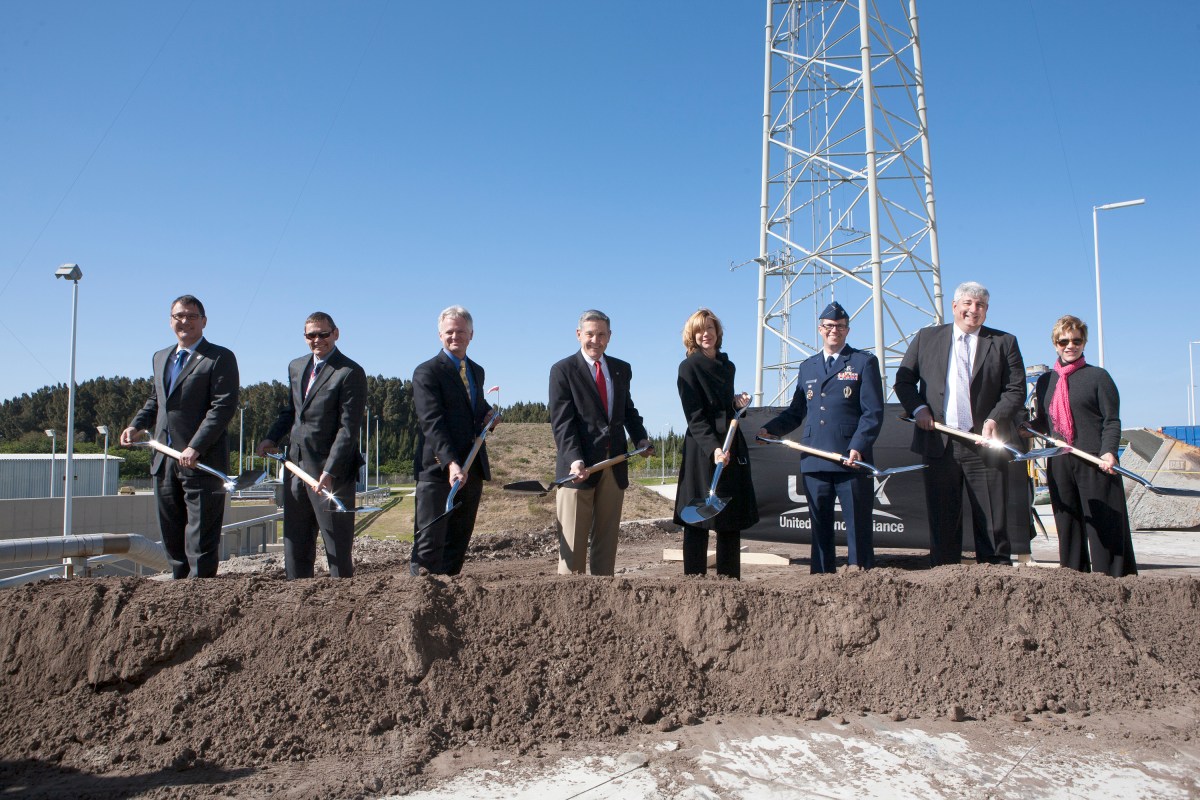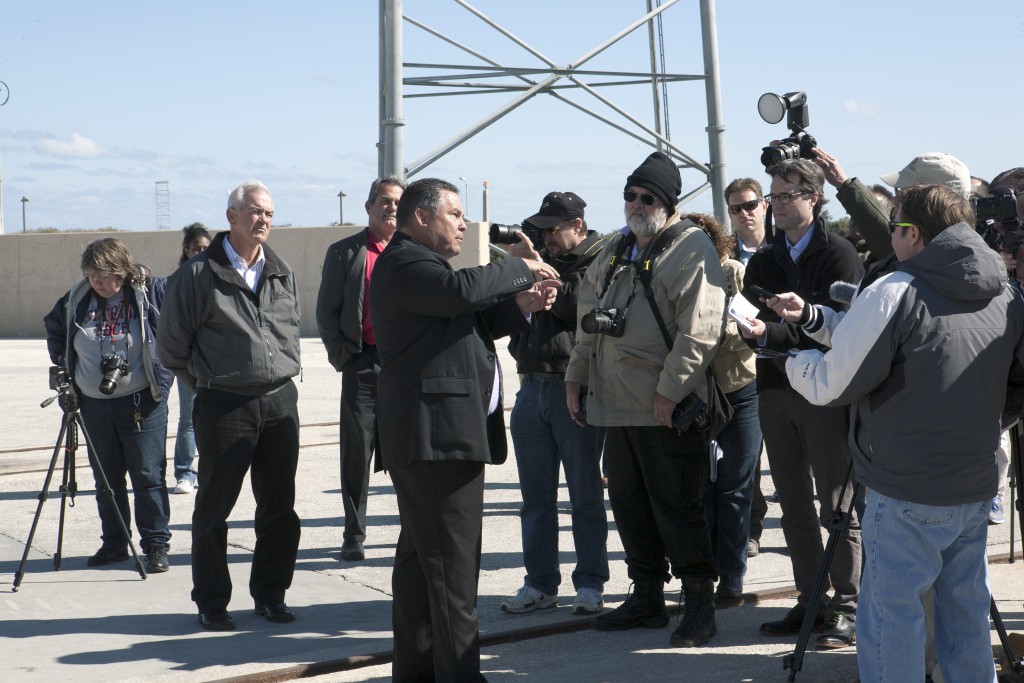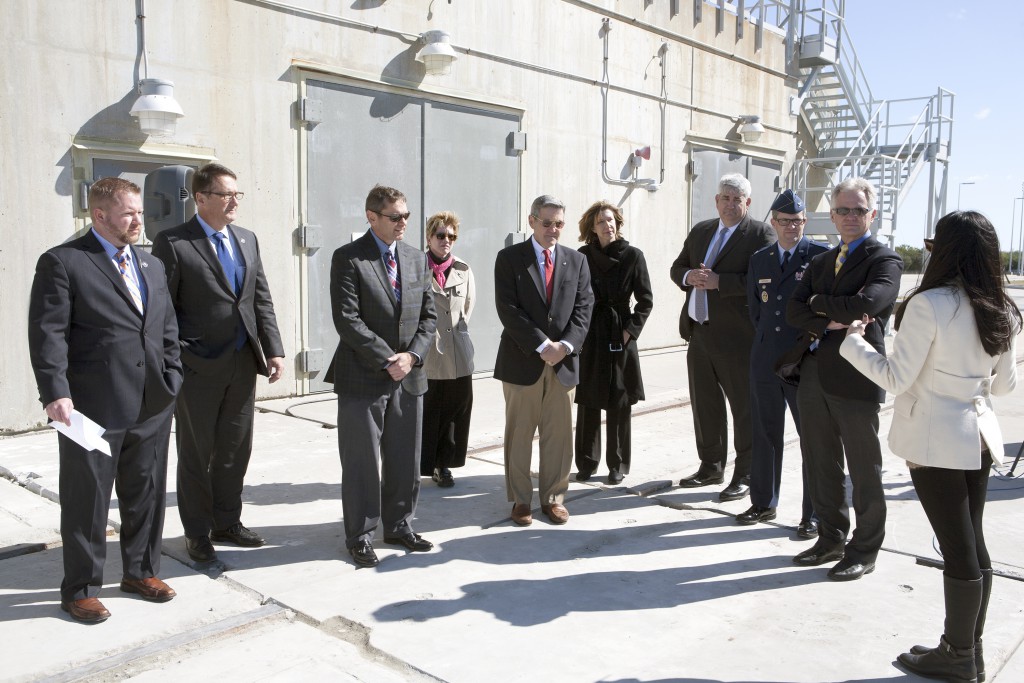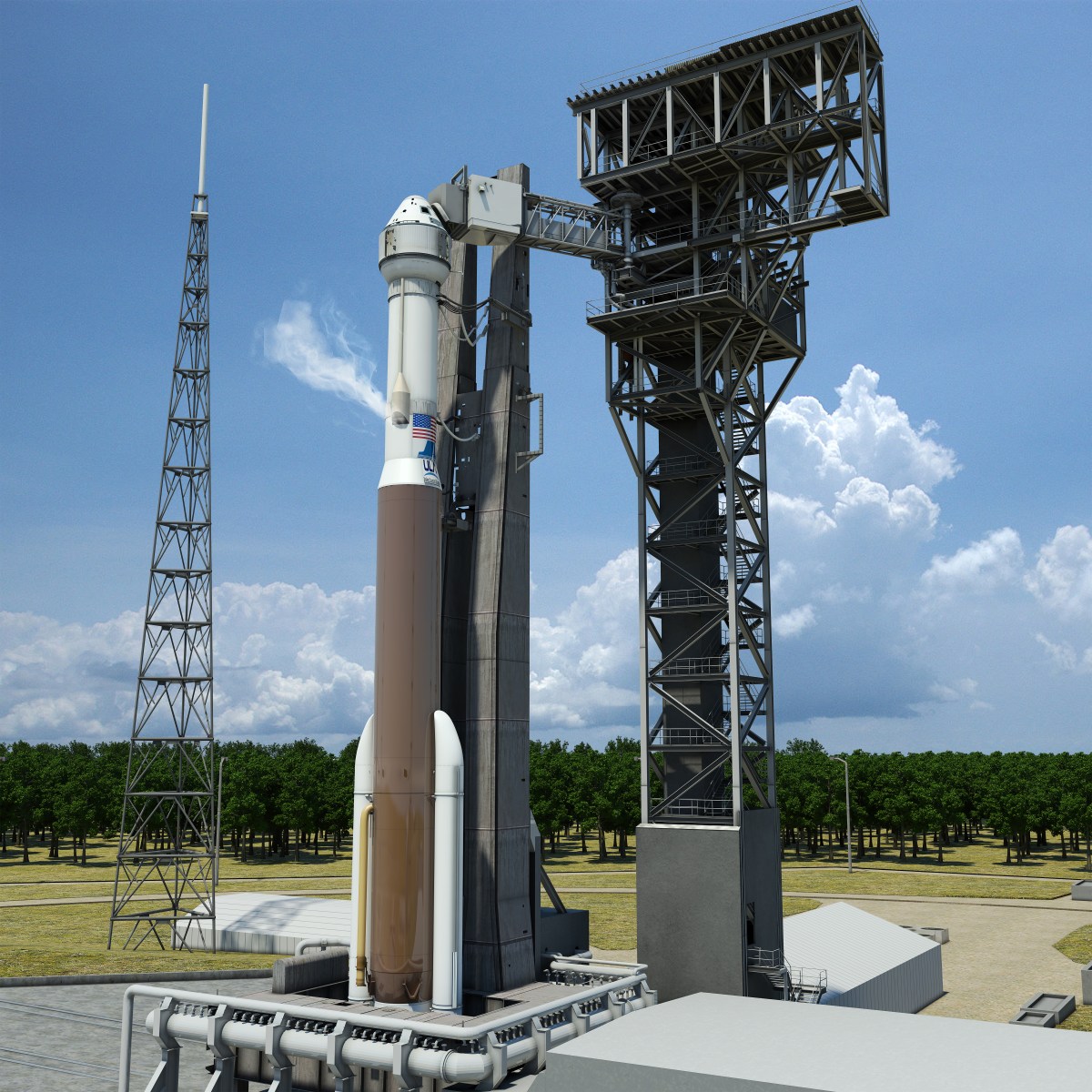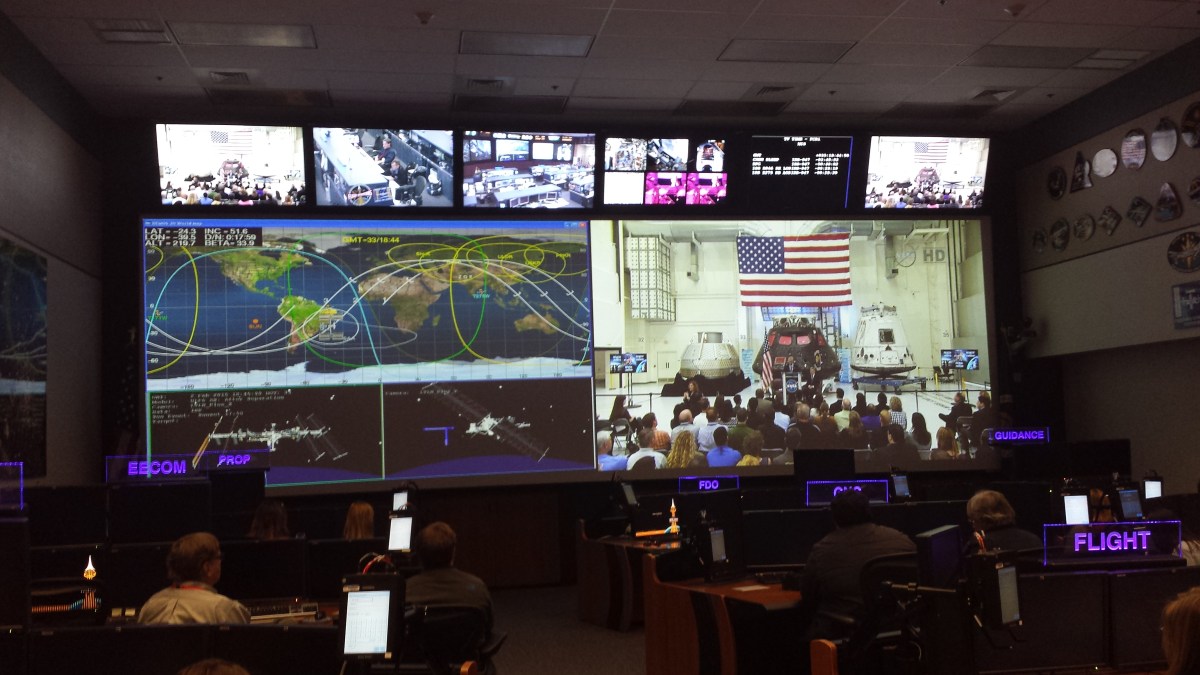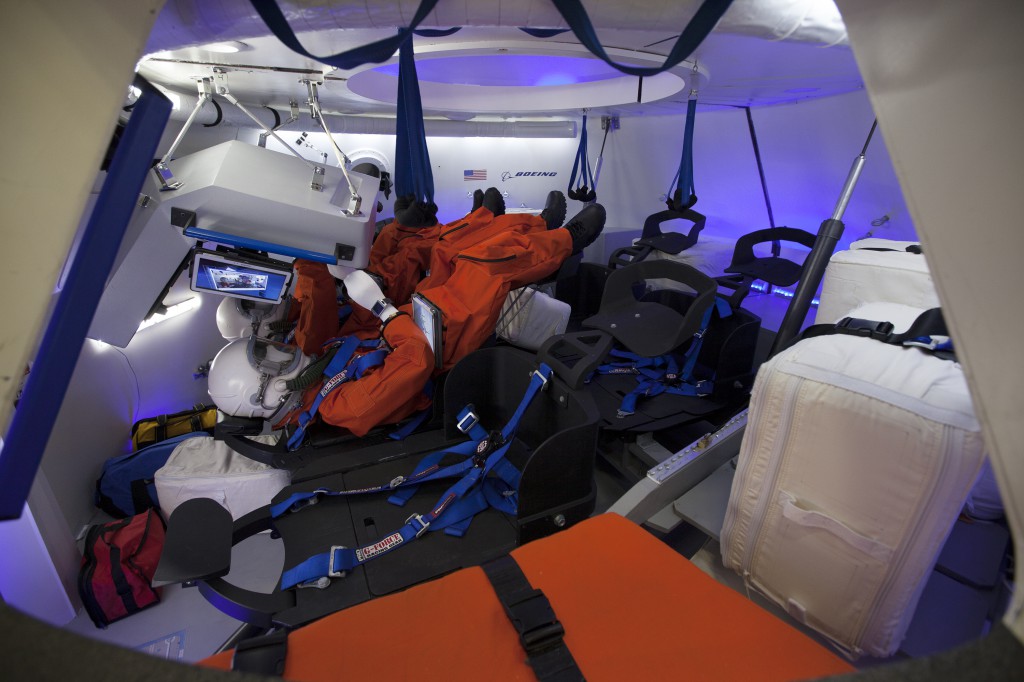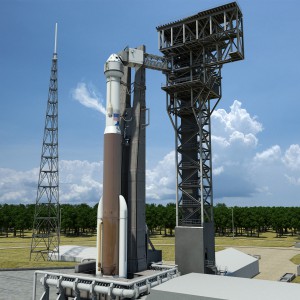 Boeing and United Launch Alliance (ULA) will mark the start of construction of the Commercial Crew access tower at Space Launch Complex 41(SLC-41) on Cape Canaveral Air Force Station, Florida at 2:30 p.m. EST Friday, Feb. 20. Media are invited to tour operations and attend the formal groundbreaking event.
Boeing and United Launch Alliance (ULA) will mark the start of construction of the Commercial Crew access tower at Space Launch Complex 41(SLC-41) on Cape Canaveral Air Force Station, Florida at 2:30 p.m. EST Friday, Feb. 20. Media are invited to tour operations and attend the formal groundbreaking event.
Groundbreaking participants include:
- John Mulholland, vice president of Boeing commercial programs
- Jim Sponnick, vice president of Atlas and Delta Programs at ULA
- Kathy Lueders, manager of NASA’s Commercial Crew Program
- Robert Cabana, director of NASA’s Kennedy Space Center in Florida
- Shawn Fairhurst, vice commander of the U.S. Air Force’s 45th Space Wing
- Jim Kuzma, chief operating officer for Space Florida
- Lynda Weatherman, president and chief executive officer of the Economic Development Commission of Florida’s Space Coast
The new crew access tower at SLC-41 will reach 200 feet in height and include an elevator, as well as means for quick evacuation from the structure in the event of an emergency. SLC-41 is one of the most active launch complexes on the Space Coast, so construction of this tower is scheduled to take place between launches, with segments of the structure being built off-site then assembled at the pad.
Under a Commercial Crew Transportation Capability (CCtCap) contract with NASA, Boeing’s Crew Space Transportation (CST)-100 spacecraft, currently in development, will be certified by NASA’s Commercial Crew Program to fly crews to and from the International Space Station. The spacecraft will launch on a ULA Atlas V rocket from SLC-41.
Read the details: http://go.nasa.gov/1zSvye1
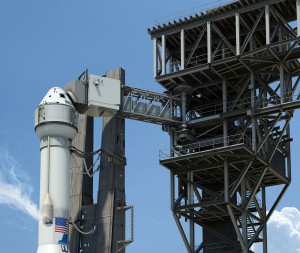 Boeing, United Launch Alliance, NASA and other organizations were represented today for the ceremonial start of construction on the first new crew access tower at Cape Canaveral Air Force Station since the 1960s. The 200-foot-tall structure will be crucial to allowing astronauts to board Boeing’s CST-100 spacecraft as it sits atop a United Launch Alliance Atlas V rocket. You can read our account of today’s groundbreaking ceremony for a new crew access tower at SLC-41 along with all the details about the structure and what it means to American spaceflight here.
Boeing, United Launch Alliance, NASA and other organizations were represented today for the ceremonial start of construction on the first new crew access tower at Cape Canaveral Air Force Station since the 1960s. The 200-foot-tall structure will be crucial to allowing astronauts to board Boeing’s CST-100 spacecraft as it sits atop a United Launch Alliance Atlas V rocket. You can read our account of today’s groundbreaking ceremony for a new crew access tower at SLC-41 along with all the details about the structure and what it means to American spaceflight here. 
